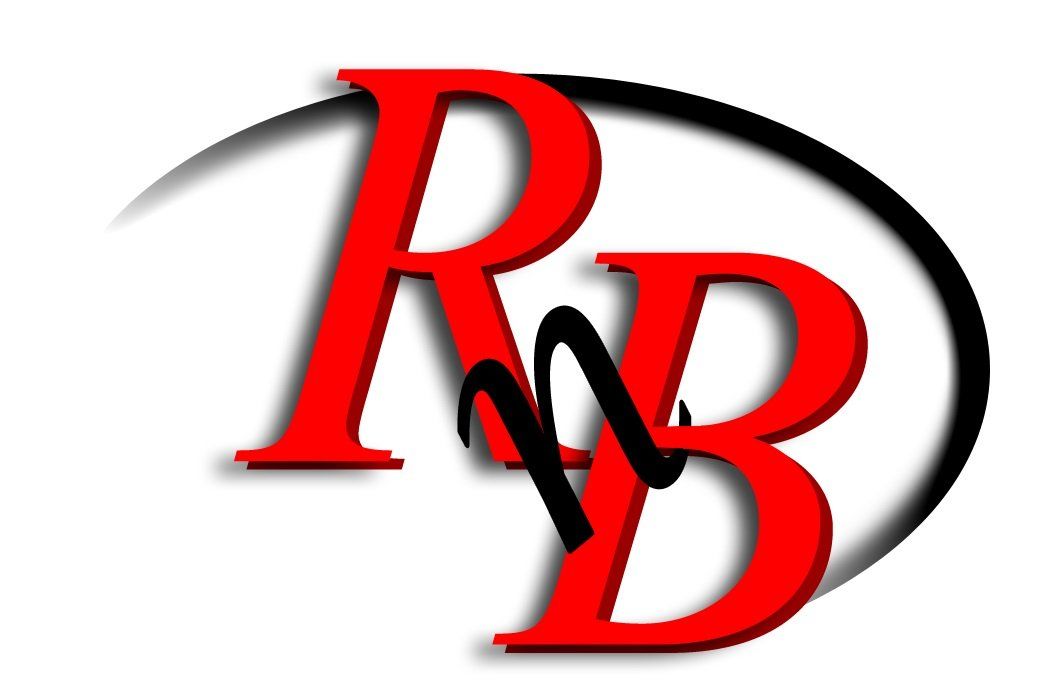University of Maryland’s Athletics Department Changes the Game with Sony’s Latest Imaging Technology
University of Maryland’s Athletics Department recently refreshed its facilities implementing the latest high-end technology across the school’s venues to heighten engagement for viewers in-person and at home. Among those state-of-the-art advancements were upgraded cameras. The university, a legacy Sony customer, tested many competitive cameras and ultimately standardized on eight of Sony’s dependable HFR-capable HDC-3500 system cameras and two BRC-X1000 pan-tilt-zoom (PTZ) cameras.
Josh Clayton is the Assistant Athletics Director of TerpVision and Video Operations for the University of Maryland, overseeing and managing the imagery on the boards in the school’s venues while supporting broadcast and production efforts across a majority of their sports offerings. This includes work with the Big 10 Network, streaming and outside television broadcasts. In addition, he serves as the game day producer for the school’s video board shows at their football stadium and basketball arena, and prides himself on creating a unique and memorable experience that brings fans from their homes into the university’s venues.
With “unwavering” support from the school’s athletics department, Clayton was instrumental in the camera selection for the upgrade, as he sought to address the increasing demand for content. While the school still uses some of their previous Sony imaging technology, as more shows were being requested, the need to simultaneously capture different sports grew. This necessitated more cameras for the TerpVision team, allowing them to be in more places. As he looked to the future, Clayton said he wanted to allow his team to “put their best foot forward” and “boldly lead the charge” in bringing HDR to college sports and the Big 10.
The University of Maryland conducted a blind shootout pitting Sony’s cameras against the competition. As Clayton describes it, the decision was a no-brainer. “After reviewing the cameras, it was clear there was one option that was head and shoulders above the rest, and that was the Sony HDC-3500. Paired with our comfortability with Sony cameras and their layout, it was an easy decision and an easy transition for us to make.”
As longtime Sony users, Clayton noted, “The legacy and security of the Sony name helped drive our decision. Sony’s support team always goes above and beyond, which takes a lot of the worry away. Sony helps position us to be the best and get the most out of our technology.”
Clayton also spoke of the compatibility and capability to consistently match the new cameras with the university’s existing technology as a key driver in the university’s decision. He said, “Another important element was the image matching and ecosystem compatibility between our older triax cameras and these new HDC-3500s. The first time we fired up the cameras without really painting, everything looked amazing. And that’s just what we wanted - to have everything work right out of the box and not have to worry about the details.”
With a new video board and updated camera technology, Clayton knew he could make the university’s dream a reality and take their productions to the next level. He explained, “Our video board is 120 feet wide by 54 feet tall, and has a pixel count of 3600 x 1620, so we’re upconverting our 1080 images and the final product looks amazing with these HDC-3500 cameras. They offer a really nice, clear picture in camera, as well. It’s getting difficult to share our feeds with our trucks because they can’t compete with the images from the HDC-3500.”
Clayton added, “With the HDC-3500s, there’s more paint on the brush, and we can really accurately use that brush now. These cameras allowed us to cast our net as wide as possible since we cover so many different sports.”With regard to high dynamic range (HDR), Clayton shared, “We wanted to pave the way for HDR in college sports. We learned from the trials, tribulations and successes of other industry leaders and outlined what we felt would work for us. We’ve certainly learned a lot along the way. I like to use the phrase: we’re flying the airplane as we build it…and we’re also writing the instruction manual.” He continued, “We want to ensure that the HDR content we are capturing is usable not just with the video board but also the in-house TV feeds around our concourses. The flexibility of the HLG standard in HDR provides us with a crisp and incredible image on our enormous HDR football board and even looks great on our non-HDR center-hung at the XFINITY Center.”
In addition to HDR, the University of Maryland is also invested in another beneficial trend in capture: high frame rate (HFR). Clayton’s team has two HFR licenses to enable 4X super slo mo for the HDC-3500s, which he uses frequently for gymnastics, volleyball, baseball and football, among others. He said, “Being able to have expanded replay with TDs has been valuable. We’ve brought in a second camera operator on game days that is solely focused on the slo mo camera. And it’s not just the technical teams who have noticed the difference HFR offers - fans do, too. I was reading the latest fan surveys and there were a lot of positive reviews on the high frame rate in action, which is pretty gratifying. Initially, people assume the super slo mo originates in the truck and don’t realize that we’re generating it internally.” He also noted that due to the HFR capabilities, the Terps have sourced an additional operator to instigate replays for the slo mo and center hung cameras.
The University of Maryland is also using Sony’s BRC-X1000 pan-tilt-zoom robotic cameras, which offer the resolution and color-matching to easily integrate with the rest of the school’s camera footage. Clayton detailed the reasons why the BRC-X1000s were a good fit for his team’s needs. “We were looking for an easy-to-use camera that we would work on both a broadcast and a video board show and would match the look of our other cameras. Our engineer, David, had used the X1000s for a few shows and baseball broadcasts and spoke very highly of them.”
Long on Clayton’s wish-list had been a center-hung camera. When introduced to the BRC-X1000, he knew it would be the ideal solution. He explained, “I’d been trying to push for a robocam in the center-hung, above the basketball court, for years. When I saw the X1000, I thought it was the perfect camera for us to put under the video board at the XFINITY.”
Speaking further about the PTZ cameras, Clayton added, “We’ve been using the X1000 for several weeks and the TV broadcast often uses some of the really cool angles of the student wall and it looks great. It’s made such a noticeable difference that I’ve had staff members who were in the crowd at the games ask me if we are using a new camera!”
Detailing specifically how the robotic cameras are used, Clayton elaborated, “When the players are walking to the court for tip-off, the camera operator swings the camera down and starts to push in on the referee’s hand as he gets ready to throw the ball in the air. It’s amazing to see these new vantage points. In addition, we have an in-game promotion where the cheerleaders and dance team run down the steps while students pass and unfurl the Maryland State flag. It’s one of the coolest end game pieces I’ve ever seen and it’s such a great shot from the center-hung camera.”
Camera operator Jake Dyke, who works on Clayton’s team, is often running the cameras - from the PTZs to handhelds and everything in between - and oversees many of the University of Maryland’s creative sports content creation efforts. As a longtime Sony user, he finds the cameras easy to operate. Dyke explained, “The new cameras are familiar. All of the buttons are in the same place - but the cameras have better features, like a color viewfinder, and everything coming out of it is 10 times better. Additionally, with Sony’s cameras, you can paint and ensure everything matches and looks exactly the same. I also appreciate that using the cameras is not convoluted - everything plugs in and works.”
Dyke is not the only one who values the cameras’ minimal learning curve. Clayton said, “Sony’s cameras are also great for our student programs. They can use them on-site in venues and everything comes back to us in the centralized control room to be painted, matched and sent out from there.”
Expanding on the advantages the new cameras offer students, Clayton stated, “Using industry standard equipment this early on in their careers is a very big benefit for them. Having a good comprehension of this technology gives them a head start when they go out in the real world.”
With Clayton and his team already creating unforgettable moments for the audience, he feels it’s a unique privilege to play a part in creating the best-in-class experience that Terps fans deserve. With the school’s upgraded video board and broadcast center Clayton was able to check two major items off of his bucket list. As a historian for the school, Clayton values that his contributions will document the school’s most meaningful events, in the highest possible quality, for future generations to learn from, celebrate and enjoy. After a hectic few years, next Clayton would like to “sit back and enjoy the fruits of his labor” before embarking on his next journey - adding video boards to the rest of the university’s venues and guiding the new infrastructure, in turn setting an even higher bar for other schools and teams to aspire to.
We design and install spaces to be functional and work smarter based on your specific needs. Let’s talk technology
OR CALL 800-998-8865











